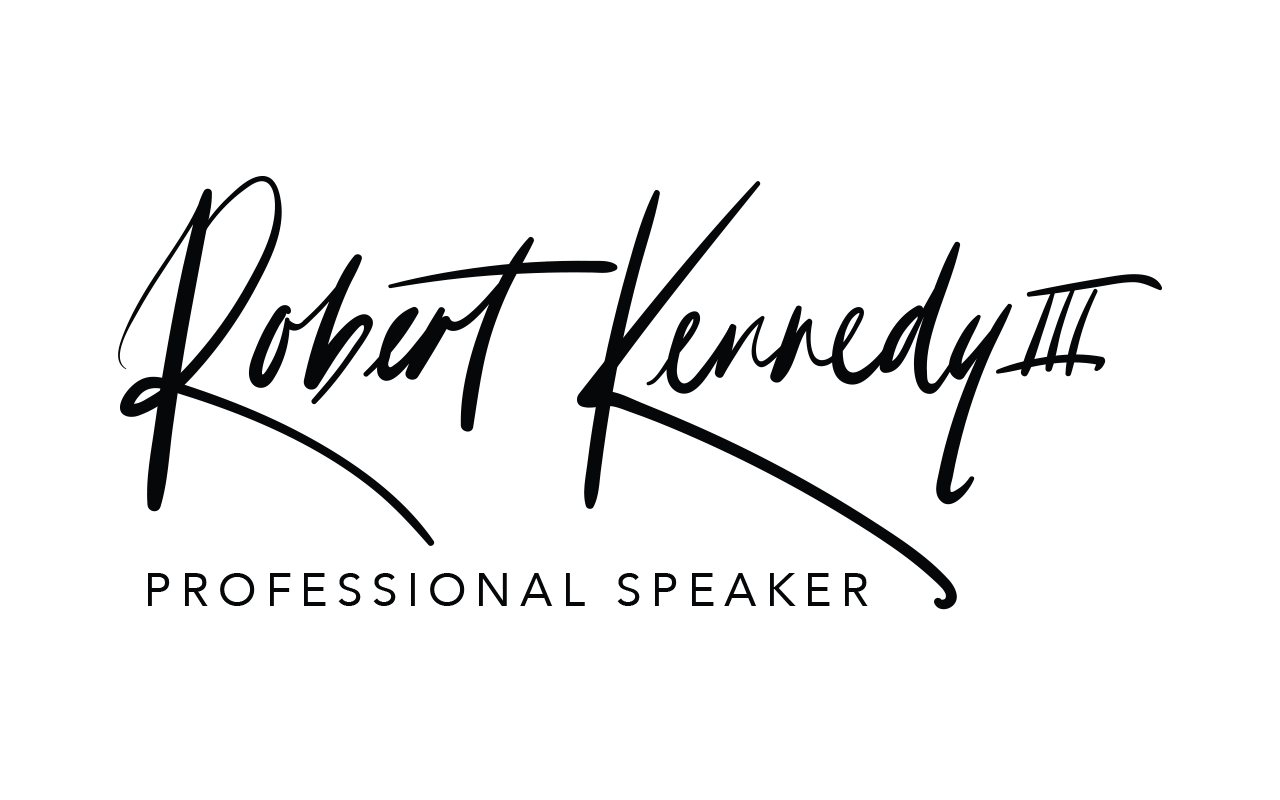
Have you ever seen THAT speaker? Have you been at THAT presentation? You know the one…the one where the presenter drones on and on and on and on, seemingly oblivious to the fact that 74.6% of the audience has fallen asleep. The other 25.4% are on their phones or checking work email. All the while, the meeting planner or the organizer is chewing on their nails because they know the evaluations of this event will be terrifying.
Not only is this presenter the worst experience, but many of us fear BEING this presenter. We know how WE feel in the audience. But, we don’t really have much of an idea how to make it better. We feel like we would probably die out there!
Although, speaking and presenting are not easy, they don’t have to be terrifying. There are simple things you can do to create a CONNECTION with your audience. And that’s the word so many presenters miss…connection. They are so busy prepping their slides, jam-packed with charts, data and info that they forget they are actually presenting to…you know, people.
But, even though the fear exists, it really is not as difficult as it might seem to create connection. You do some of the same things you might do in a face to face conversation.
Here are 10 ideas:
1. Move – Don’t be tethered to a podium or lectern if you can. Now, I don’t mean you should zig zag all over the room or stage. But, get closer to people at different points during the presentation. This creates a natural body energy connection. It also allows them to see you better. It’s true. Get a wireless microphone every time you can.
2. Include the audience – When you continuously use the words ‘I’ and ‘me’ throughout your presentation, you’re just talking about yourself. And, you may end up talking TO yourself. So, as much as possible, use ‘you’ and ‘we’. Include them in the process because they’re certainly aware of the problem. Don’t BLAME them. But, include them in the energy of progress.
3. Get in their world – One of the things I learned from my dad was making the attempt to get in the world of your audience, even if you did it poorly. My dad was a preacher and sometimes would be invited to speak to audiences who spoke another language. He would always learn some phrases in Spanish or French or Korean. Quite often, he delivered the line poorly. But, through their smiles, you could sense the audience always appreciated his attempt to get closer to them.
4. Tell stories – Humans are BUILT for story. That’s how we remember best. Stories help to create a ‘hook’. Imagine me asking you to remember 4 separate items in a rooms by simply naming them. Now imagine me taking you on a journey in the room where you visited each item. You would now remember the item and quite possibly the order you visited them in. Even in data heavy situations, connect with a story or an “imagine what it would be like” starter.
5. Use familiar references – If you are in a room with plumbers, you probably don’t want to talk about the latest surgical procedures. Just like you would use the actual language of a group to create connection, the social language makes a difference also. What do they typically discuss at work? What are the patterns they follow? Creating references to shared experiences is a great way to pull memory strings.
6. Use your body – THAT presenter is usually very stiff. THAT presenter is usually a robot. Don’t be THAT presenter. Move around like a human being and speak with your body. Your facial expressions should be passionate and yet genuine. Look like you actually believe what you’re saying. When you look disassociated from the words coming out of your mouth, can you imagine what type of connection THEY might have? You guessed it. Nada. Zip. Zilch.
7. Energy and Enthusiasm – I know. I know. It’s boring data. How do you get excited about it? You don’t have to be excited about the content always. But, you should be glad to be there with THEM. Let them know this by how you interact with them. Even if the content is troubling, let them know you empathize with where they are. Show them you can sit on their side of the table.
8. Speak in chunks – I’ve heard presenters throw GOBS of information at people and then apologize. “Hey y’all, I know this is a lot of information but I only have 10 minutes” Are you trying to get them to remember or are you just trying to let yourself of the hook and say you gave it to them? The big question…what do you really want them to know? Decide what that is and then give it to them in bite size bits they can handle. Tell a story. Give the data. Re-emphasize the data with a story. Pause. Move to the next piece and repeat.
9. Don’t read the slides – UGH!! Unless there is a quote you must absolutely NAIL, don’t read every bullet point from every slide. (speaking of bullet points, let’s get rid of those. That’s another article.) Allow your audience to use their visual modality. If they MUST read something, pause and give them a moment to do so. Restate the information on the slide in another way so the auditory learners can hear it. What about the kinesthetic learners? Let them come up on the stage and touch the screen. Just kidding.
10. Ask questions – “How many of you have ever experienced…?” Then raise your hand, indicating you want them to also raise theirs. Get them nodding their heads by asking them about things in their environment. Most of your questions will be rhetorical. But, the mind processes very differently when questions are asked. Statements are passive and questions initiate the active portion of the mental process. Keep them active wherever you can. Make sure the questions you ask actually relate to where they are. But, asking an odd or off-the-wall question every so often can also be a way to get them to remember you in addition to connecting.
Do you have more questions about connection and communication? Follow me on Twitter and LinkedIn.


